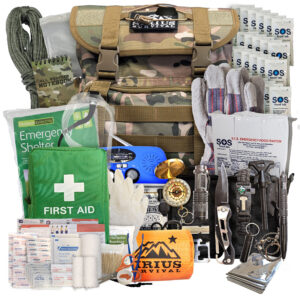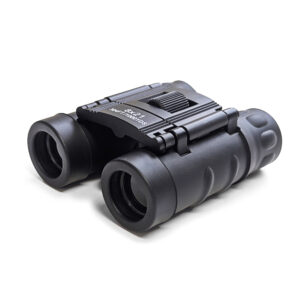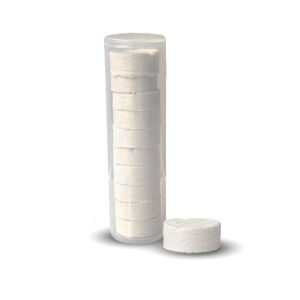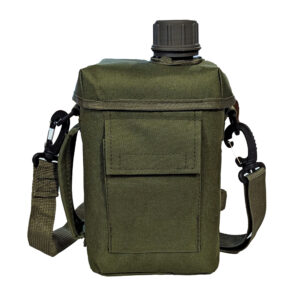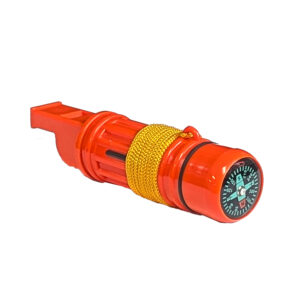It’s officially December. It’s freezing out. Depending on where you live in the states you know that the temperatures are dropping and it’s time to have a refresher on hypothermia. Let’s dive in
What is it?

Hypothermia is a drop in body temperature that can be potentially dangerous. It is caused by exposure to the cold for an extended period of time. “Cold” is a relative term and I will get into depth with that later. The typical human body temperature is 98.6 degrees Fahrenheit. Hypothermia is when your core temperature has dropped below 95 degrees. In severe cases, your body temperature can even drop as long as 82 degrees.
What Are the Symptoms?

Hypothermia has many symptoms that you may also experience when you’re just chilly or cold. Shivering, which is the most common, is actually a good thing to see. Shivering actually shows that a person’s heat regulation system is still active – and this is definitely a good sign.
Someone in the beginning stages of hypothermia may also have slow and shallow breathing. This means that their lungs are not filling to full capacity. This in turn can cause confusion, memory loss, drowsiness, etc.
Someone who is experiencing hypothermia may also slur or mumble their words. They can lose coordination in their limbs, especially hands and feet. This is because the blood in the body is trying to stay near the center and your main organs. This ends up leaving less blood flow in your fingers, toes, etc.
If it is severe enough someone may lose consciousness and may not have an obvious pulse or signs of breathing.
How Do I Get it?
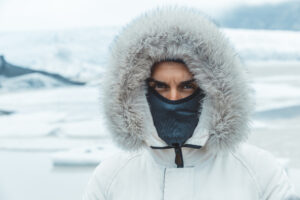
It’s pretty obvious that you can get hypothermia from being cold. But that’s not all there is to it. Accidental hypothermia can occur without enough access or exposure to warm temperatures or dry clothing. It may surprise you though that you can also get hypothermia in much milder conditions. Depending on the age, body fat, weight, and overall health of a person they may develop hypothermia much easier. For example, a 70-year-old male in overall good health will be less susceptible than an underweight 20-year-old male who is already sick.
In addition to being impacted by your overall health, you can actually develop hypothermia in much more unique situations. For example, losing power in your house overnight might be a situation where you could get mild hypothermia.
Babies or infants sleeping in cold bedrooms are also at risk. You can also be at risk if you are wet and exposed to cooler temperatures. The temperatures do not need to be below freezing for you to experience the effects of hypothermia.
How Is It Diagnosed?
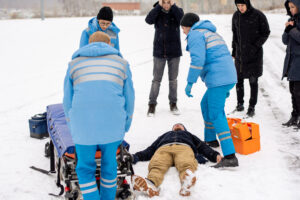
Recognizing the physical symptoms is always the first step in diagnosing if someone has hypothermia. Most emergency rooms also have special thermometers that can detect very low body temperatures. This is another way to diagnose hypothermia once you have reached a hospital or emergency care center.
Body temperatures for hypothermia can range from 90 degrees (mild hypothermia) to 80 degrees (severe hypothermia).
What Is The Treatment?
Hypothermia is a potentially life-threatening condition. If you suspect you, or someone you’re with, has hypothermia, you must seek medical attention immediately.
If you are waiting for medical personnel or it is not readily available you will want to remove any wet items such as clothing, gloves, hat, etc. Wet clothing can not only increase the risk of hypothermia but can also speed up the process.

You can also shield the person from the wind or drafts as much as possible by moving them behind a large object to block the wind or by covering them with a blanket or dry clothes. If there is shelter available move inside.
If you have extra items available begin covering the body with blankets and additional clothing. Apply heating pads to the torso, neck, and armpits. Be careful though, these can cause burns to the skin, so be sure to keep an eye on them. If you do not have access to any of these items the next best thing is to use your own body heat to help keep them warm.
If the hypothermic person does lose consciousness or stops breathing you should immediately begin CPR. Be sure that they have stopped breathing before administering CPR. The pulse on someone with hypothermia is often very weak. CPR should not be done on someone who has a heartbeat present.
Once the person has been transported to a hospital or emergency facility the medical staff may use warming IV fluids to help bring the body temperature up. They might also use heated oxygen or additional warmers.
How Can I Prevent it?

The most obvious treatment for hypothermia is to be sure you stay dry and warm. Dress for the weather and always have a change of clothes in case yours get wet. Remember, wet and chilly temperatures can still lead to hypothermia. If you are headed out in the winter be sure to check the weather. If temperatures are too low, avoid staying out for a long period of time. Protect your limbs with mittens, gloves, hats, face shields, etc.
If you do plan on being outside for a long period of time in the colder temperatures you should have extra clothing, warmers, blankets, and a first-aid kit just in case of an emergency. Food may also be good to take with you. A cold body uses up more calories which can lead to fatigue.
Try to avoid excess caffeine or alcohol. These two substances cause your blood vessels to open which can lead to a lower body temperature.

